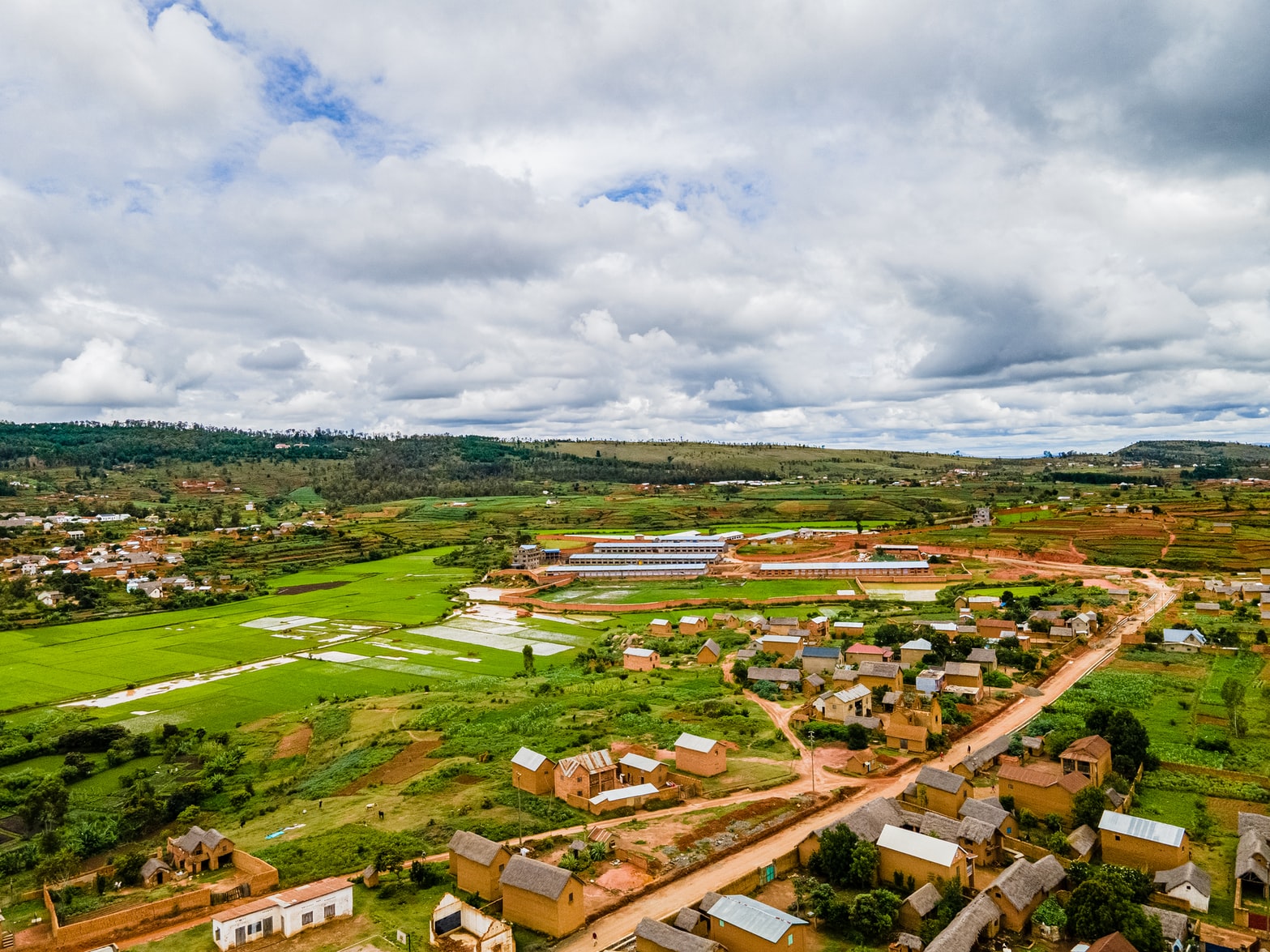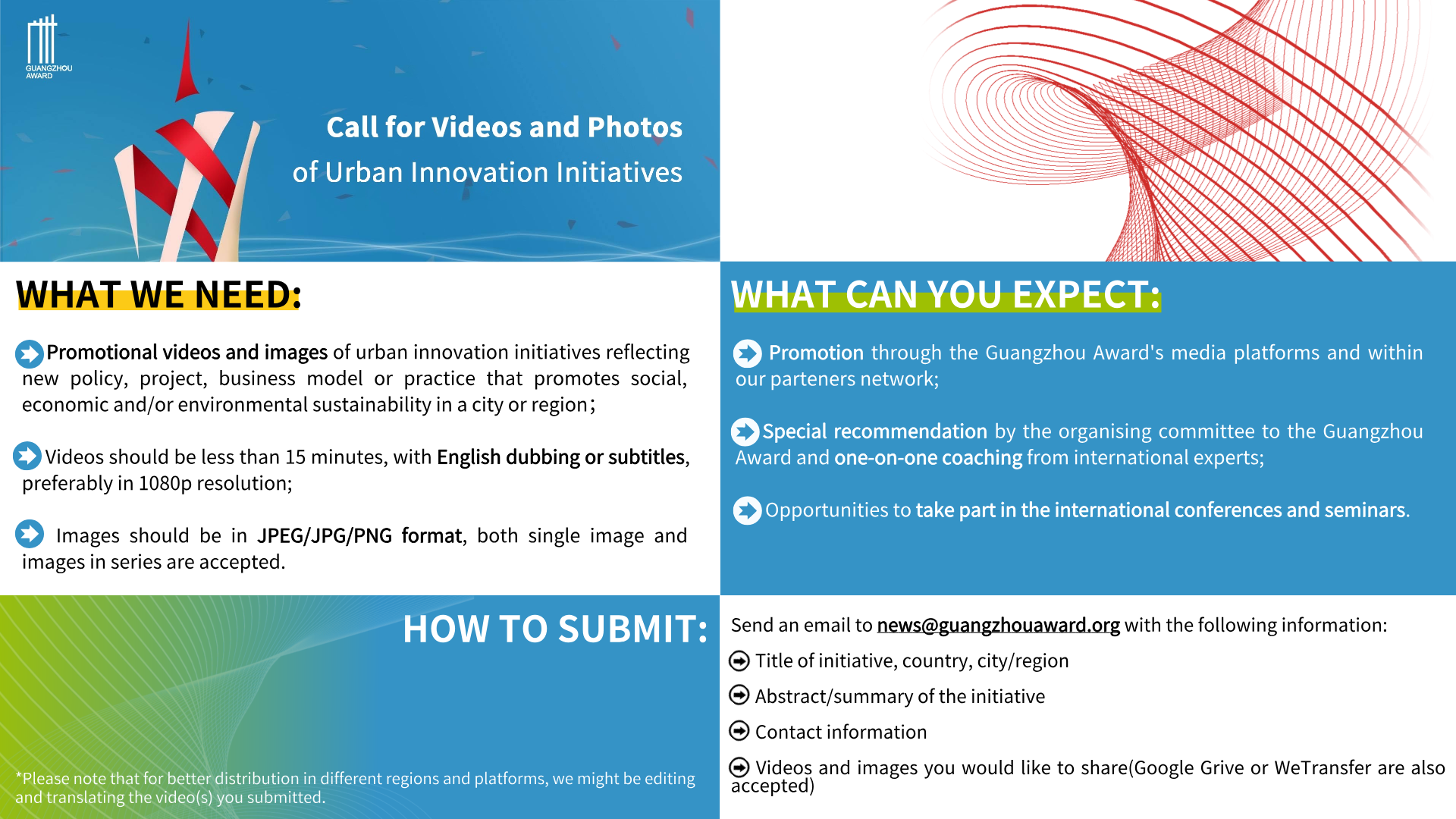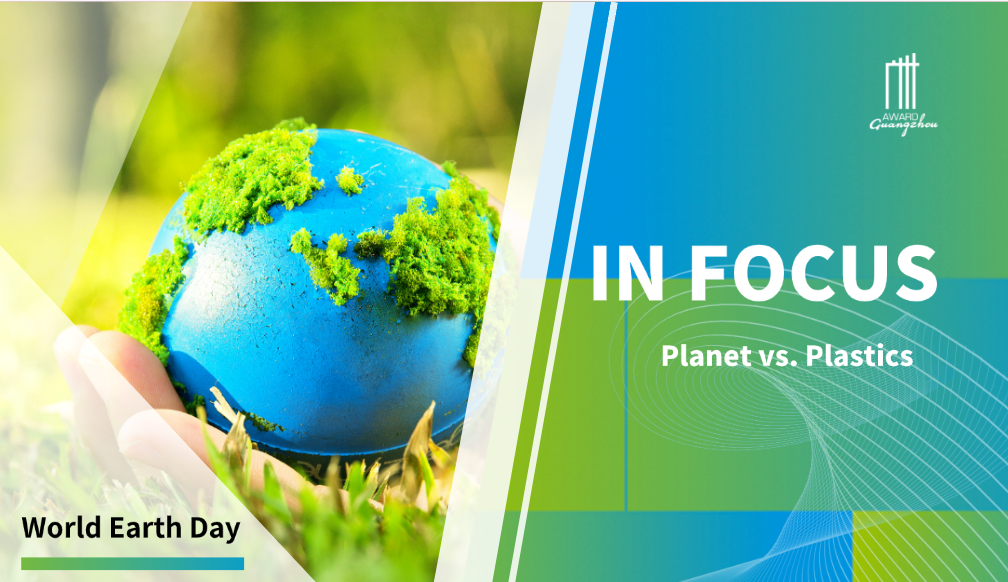Municipality of Antananarivo, Madagascar
Building resilience in the City food system of Antananarivo through adapted production systems

Basic City Data
Population size: 3000000
Population Growth Rate (%): 4.60
Surface Area (sq.km): 88
Population Density (people/sq.km): 29659
GDP Per Capita (U.S.$): 461
GINI Index: 0.37
Main Source of Prosperity (e.g. industry, trade, tourism, creative industry, etc.
- Share and learn about Urban Agriculture practices through ‘Mamboly Aho’ (I FARM);
- Monitoring the local food system (Implementing the MUFPP Monitoring Framework of Indicators);
- ·Better Food for Kids: Vegetable gardens in schoolyards to contribute to better nutrition for children
The Municipality of Antananarivo is enhancing the resilience of the city food systems through three innovative initiatives, to support the city of 1,500,000 inhabitants. Together they promote urban agriculture, monitor the urban food policies and produce food in schoolyards to improve the nutrition of children.
Madagascar is an island in the Indian Ocean, off the coast of East Africa. It is one of the poorest countries in the world – nearly 78 per cent of the population, that is 25.6 million people, live below the poverty line and it is extremely vulnerable to natural disasters, which leads to drought and increases food insecurity. Children are the hardest hit by poverty with more than 80% of those under 18 living in extreme poverty. Additionally, UNICEF declares that chronic malnutrition affects almost half of children under five, with stunted growth being a major concern. The Municipality of Antananarivo therefore developed three highly effective initiatives which increase the synergies between multi-sectorial actors in the City to coordinate actions for increasing resilience.
The first initiative aims to promote Urban Agriculture (UA) using a mobile application named ‘Mamboly Aho’ which is translated as ‘I Farm’ in English. It allows information sharing between the Municipality and its inhabitants about urban agriculture, breeding, and waste management. The members also share their own projects to the online community, exchanging ideas and discussing best practices through the forum. A geolocation visualization capacity is also included in the app, to locate the individual projects, to encourage expansion of the network. They aim to create an active community of urban farmers involved in growing their own food and even composting at home. This is particularly important during the COVID-19 crisis, as it reduces physical contact and provides new sources of food which have been severely depleted as farmers were forced to stay at home.
The second initiative aims to implement the Milan Urban Food Policy Pact monitoring framework (MUFPP), which is the first global existing monitoring tool to measure City’s performance on Food Policy making processes. The signing of Milan Pact was an open door for multiple opportunities. Thus, the Monitoring Framework was opportune for Antananarivo to monitor and evaluate its priorities. The initiative is revolutionary due to the fact that very few Cities in the world have been implementing it. The Antananarivo experience can encourage other Cities in the region to implement the framework. Antananarivo has selected 6 from the 44 MUFPP indicators (3 criteria of selections) to be used to revise the City’s priorities related to Food.
The Third initiative called Better food for Kids is an initiative of the municipality which consists of installing vegetable gardens in these schools in order to fight against malnutrition among schoolchildren by offering them a balanced meal while offering a program of community production, environmental education, and thus avoid dropping out of school.
The Technical Committee recommends this group of initiatives because it represents a comprehensive approach to enhancing, from increasing food production to improving policies which drive food systems to expanding access for vulnerable groups.


 test
test Urban Innovation in China | Hainan: Transforming Mangroves into “Golden Groves”
Urban Innovation in China | Hainan: Transforming Mangroves into “Golden Groves” In Focus | Empowering the “She” in the Family
In Focus | Empowering the “She” in the Family In Focus | The World Earth Day: Planet vs. Plastics
In Focus | The World Earth Day: Planet vs. Plastics




















 Tel: +86 20 3780 4434
Tel: +86 20 3780 4434 Email: info@guangzhouaward.org
Email: info@guangzhouaward.org Address: Rm 1609, FuLiXinTianDi, No.307 Guangzhou Dadao Zhong, Yuexiu District, Guangzhou, Guangdong, 501600, PRC
Address: Rm 1609, FuLiXinTianDi, No.307 Guangzhou Dadao Zhong, Yuexiu District, Guangzhou, Guangdong, 501600, PRC




